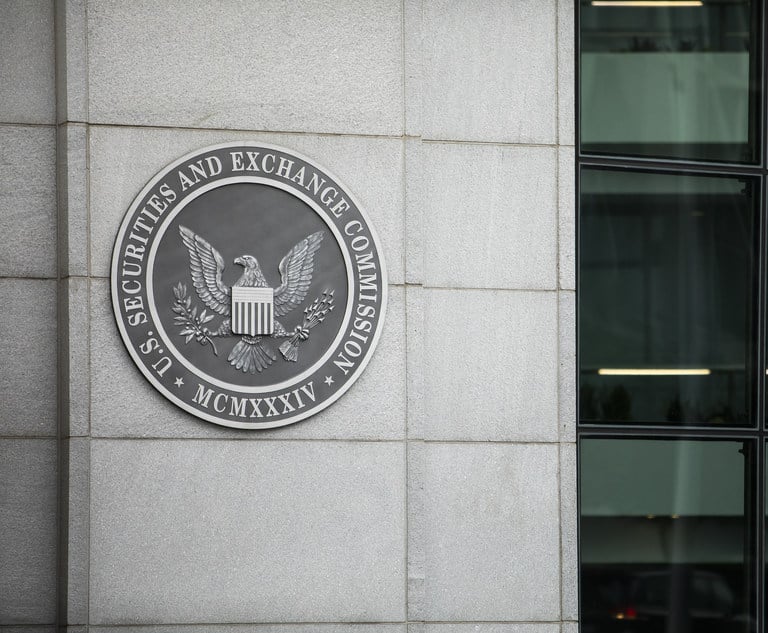An individual retirement account (IRA) such as the traditional IRA, Roth IRA, simplified employee pension (SEP) IRA, and savings incentive match plan for employees (SIMPLE) IRA, provides investors with tax benefits for retirement savings and most IRA custodians typically limit investments to common securities such as stocks, bonds, certificate of deposit (“CD”), and mutual or exchange-traded funds (ETFs). Certain investors, however, wish to invest their resources in other asset classes and choose to do so through a self-directed IRA. While a self-directed IRA has the capacity to house diverse alternative investments such as real estate, cryptocurrency, gold, and private equity; however, it also comes with potential pitfalls from a legal perspective that investors should be aware of.
Selecting a Custodian: A Crucial Decision in Self-Directed IRAS
A key pitfall of self-directed IRAs is their limited regulatory oversight compared to traditional investments. While traditional IRA custodians are required to adhere to federal laws and regulations related to selling investment products, providing investment advice and typically restrict investments to firm-approved securities, self-directed IRAs don’t face such limitations. Self-directed IRA custodians, on the other hand, do not offer investment advice, are not required to evaluate the quality or legitimacy of an investment, and do not verify the accuracy of the financial information investors provide to them. They solely manage and administer assets. This is where the “self-directed” part comes in. Investors bear full responsibility for understanding and ensuring compliance with intricate tax laws, as violations can lead to penalties, additional taxes and legal problems.


 David Bowers, left, and Rachel Sears, right, of Jones Foster. Courtesy photos
David Bowers, left, and Rachel Sears, right, of Jones Foster. Courtesy photos




